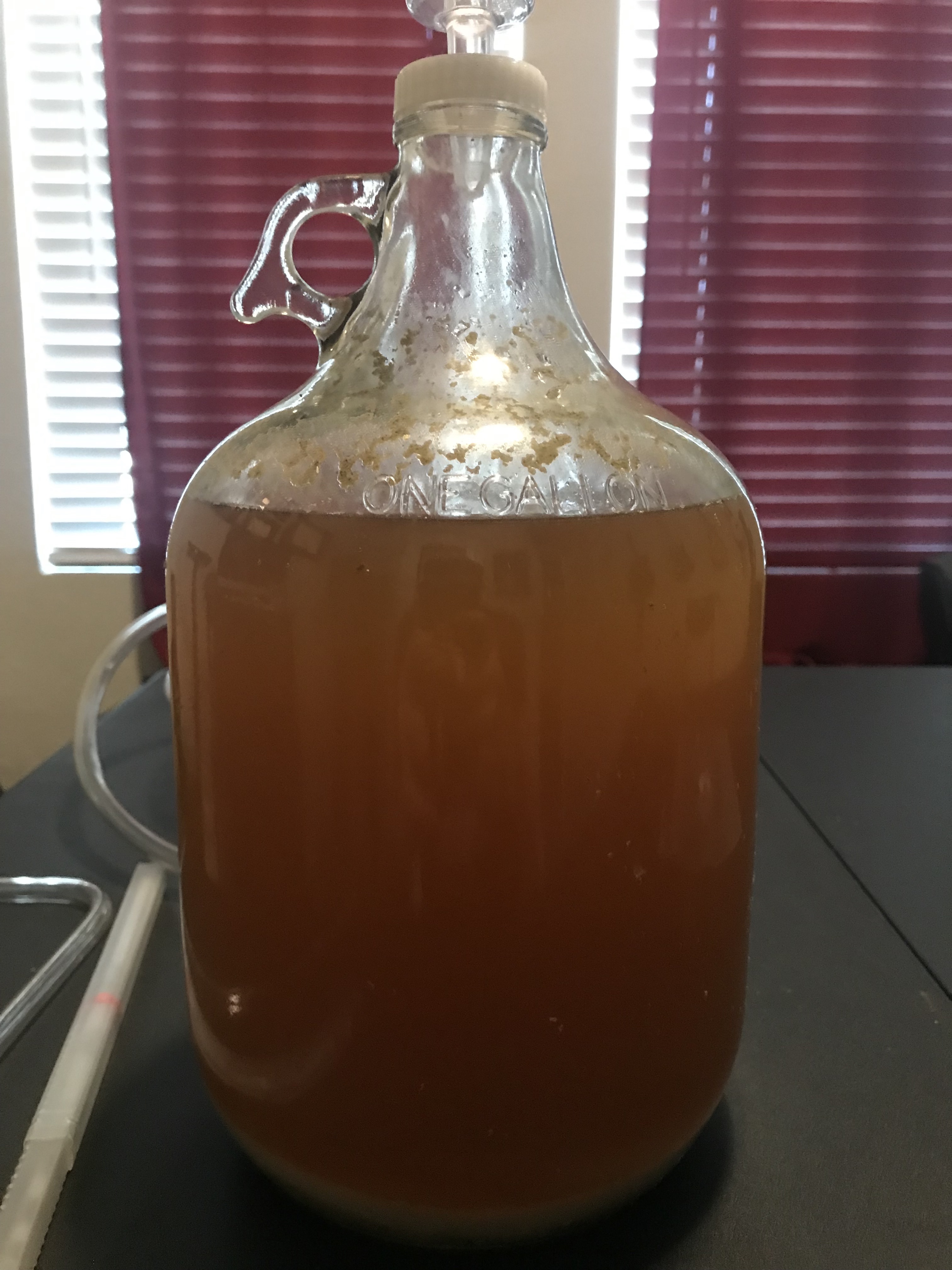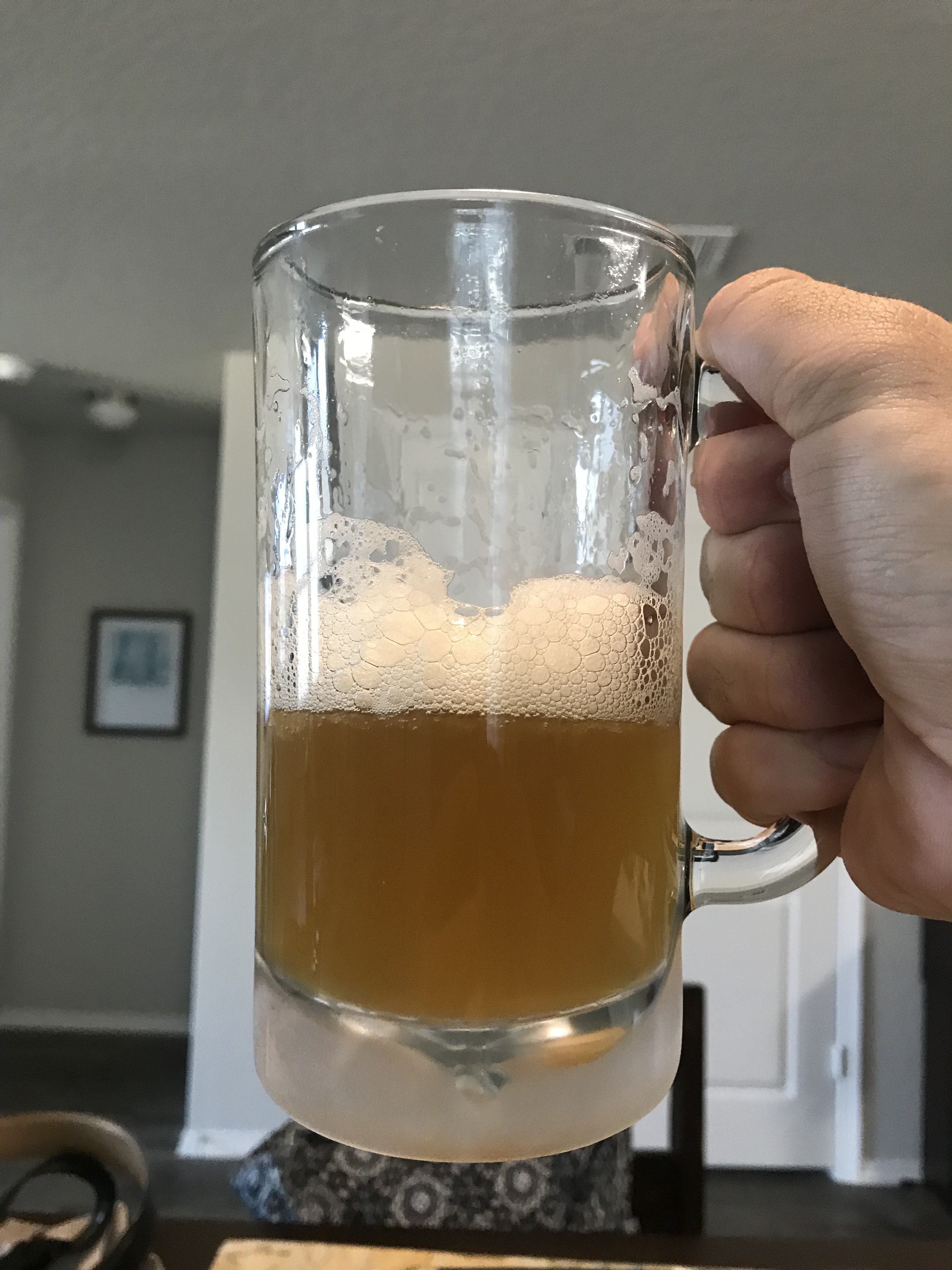Danny_T
Member
- Joined
- Jul 30, 2019
- Messages
- 6
- Reaction score
- 8
Good afternoon, all. I am brand new to home brewing and took my first stab at it last week with a kit. I've done tons of research on the process and terminology, but of course I'm still a beginner and had a couple of questions about my batch. It's been fermenting for almost a week. In the first couple days it did the primary fermentation and was bubbling steadily, then it's now slowed to a nearly complete stop. I read that the formation on the bottom is the "trub" (extra material and hops debris, correct?), but I'm wondering what the collection above the beer is on the inside of the container? Is everything looking normal? I appreciate the help!





